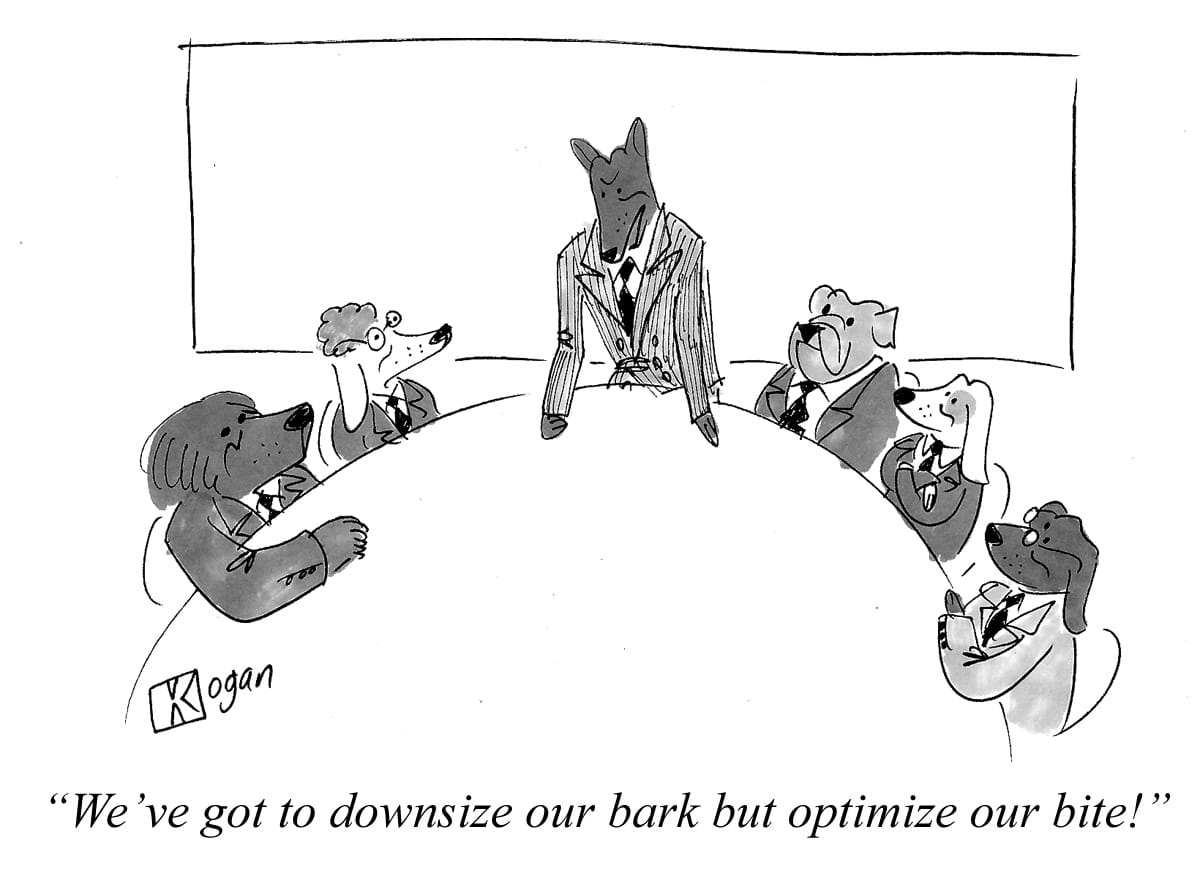Commit to a System
Athletic coaches in team sports have long figured out that a team needs an overarching system that guides their strategy, practice, games, player selection, coaching hires, and everything else. Coaches often commit to a single system and build the franchise around it. The Patriots (of American football) have their 3-4 defense and FC Barcelona (the other football) have their famous tiki-taka system with its trademark quick and frequent passes.

CTOs also know they need to choose and stick to a software development methodology such as test-driven, agile, complaint-driven, or waterfall to be successful.
Having any system that provides clarity on how the team should operate matters just as much, if not more, as which system is selected.
In B2B marketing the number of available strategies can be overwhelming. Account-based, inbound, lean startup, AARRR, bottom-up, and top-down, just to name a few. Each is pushed upon us by books, success stories, evangelists, products, and even conferences.[1] If viewed as a set of non-exclusive options, they lead to confusion and lack of confidence by startups in the way they’re doing marketing.
The solution is to view these marketing strategies as systems. As with software development or coaching, that means committing to one system and using it to inform everything else: hiring, processes, and technology. It’s fine to experiment with a system—especially if you’re a startup—but give it at least 3-6 months before deciding to switch. It’s also fine to modify a system, design your own, or choose a hybrid, provided you’re confident in doing so.
For instance, once you commit to a system you’ll be able to make better hiring decisions by screening for marketers who are familiar with or can adapt to your system. If choosing a bottoms-up system (as GitHub and Dropbox did), look for marketers who can hold a conversation with your target audience without inducing eye-rolls. If choosing a top-down system (as Box and Cloudera did), look for someone who won’t be shocked to hear about 3-month sales cycles.
The organization will execute better when the people, processes, and technology are following one system. Good execution contributes as much or more to success than the particular choice of system.
[1] What’s more, tactics often slip into the strategy discussion and muddle things further really shouldn’t. Search engine optimization, content marketing, and self-service trials are tactics for executing a strategy. If the strategy is the team’s system, then tactics are its plays.





